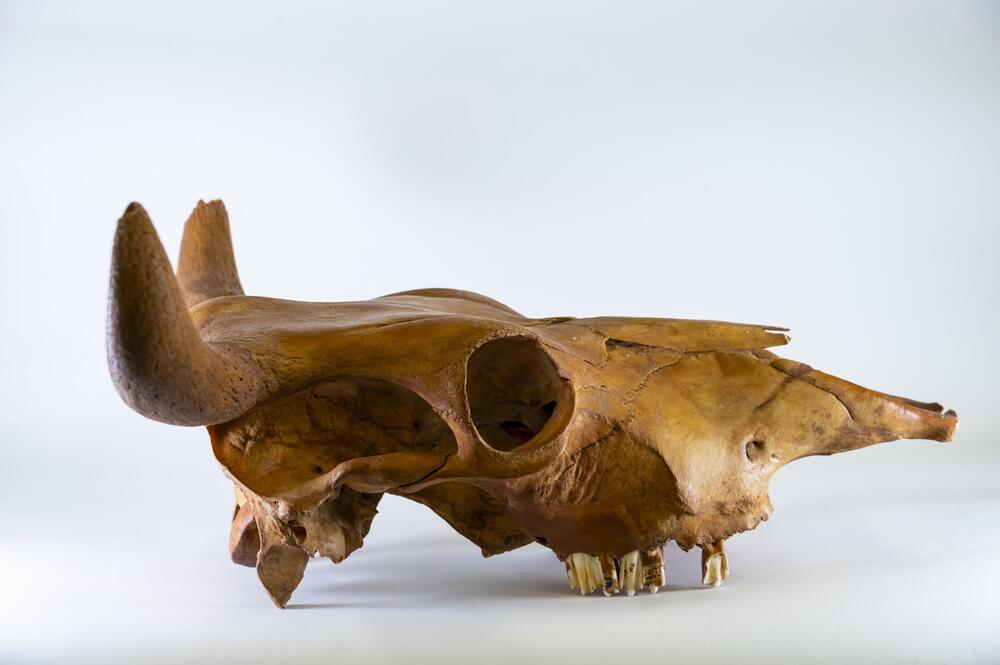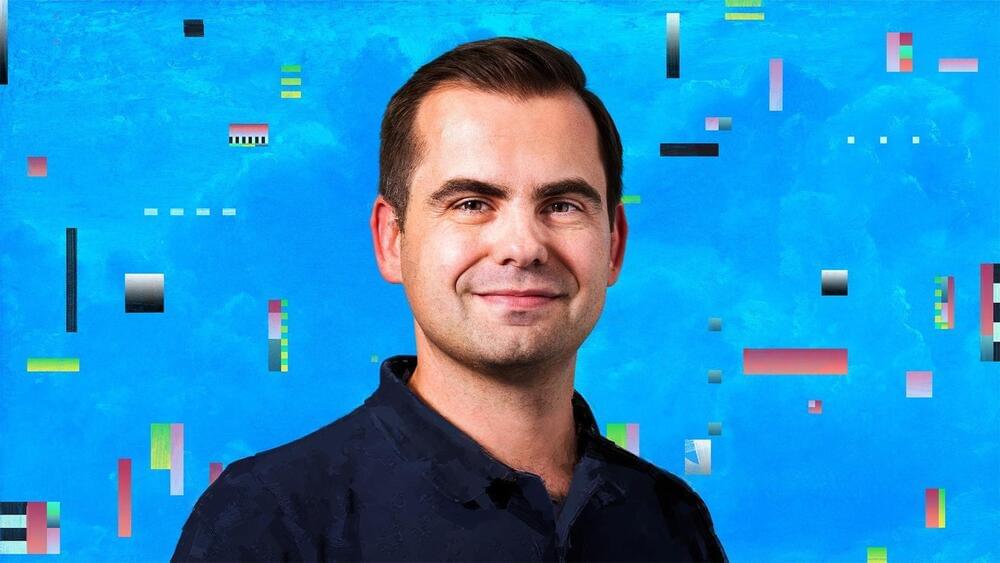Cattle may seem like uniquely American animals, steeped in the lore of cowboys, cattle drives and sprawling ranches. But cattle didn’t exist on the American continents prior to the arrival of the Spanish, who brought livestock with them from Europe by way of the Canary Islands.
In a new study, researchers analyzed ancient DNA from Spanish settlements in the Caribbean and Mexico. Their results indicate cattle were also imported from Africa early in the process of colonization, more than 100 years before their arrival was officially documented.
Records kept by Portuguese and Spanish colonists reference breeds from the Andalusian region of Spain but make no mention of transporting cattle from Africa. Some historians have interpreted this omission to mean that the first wave of colonists relied entirely on a small stock of European cattle initially shipped to the Caribbean Islands.






